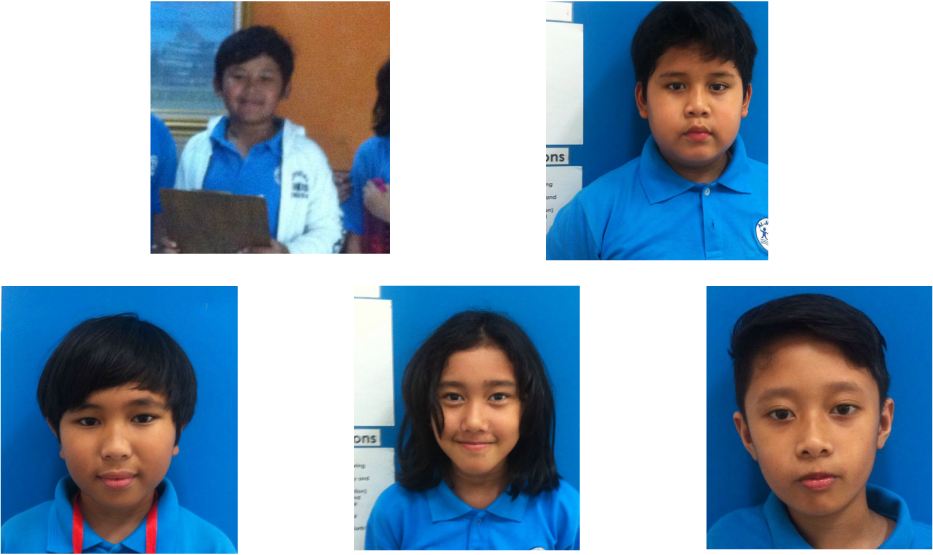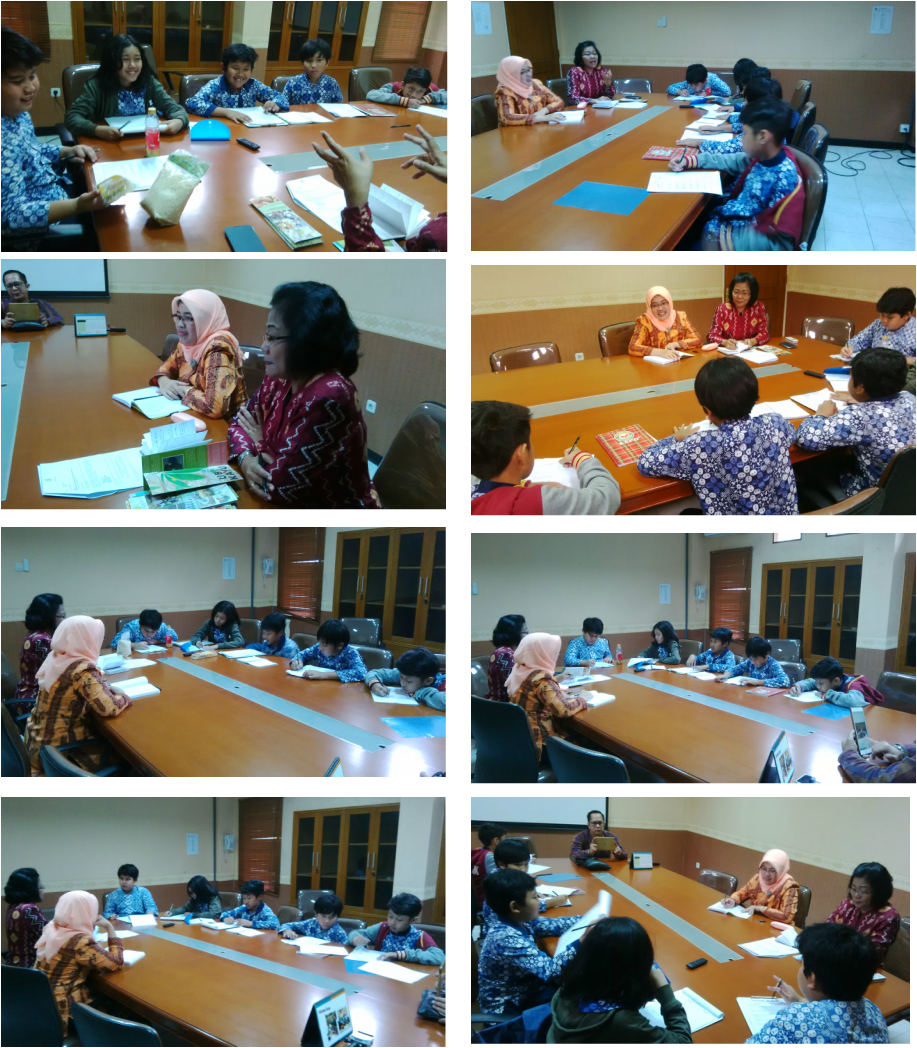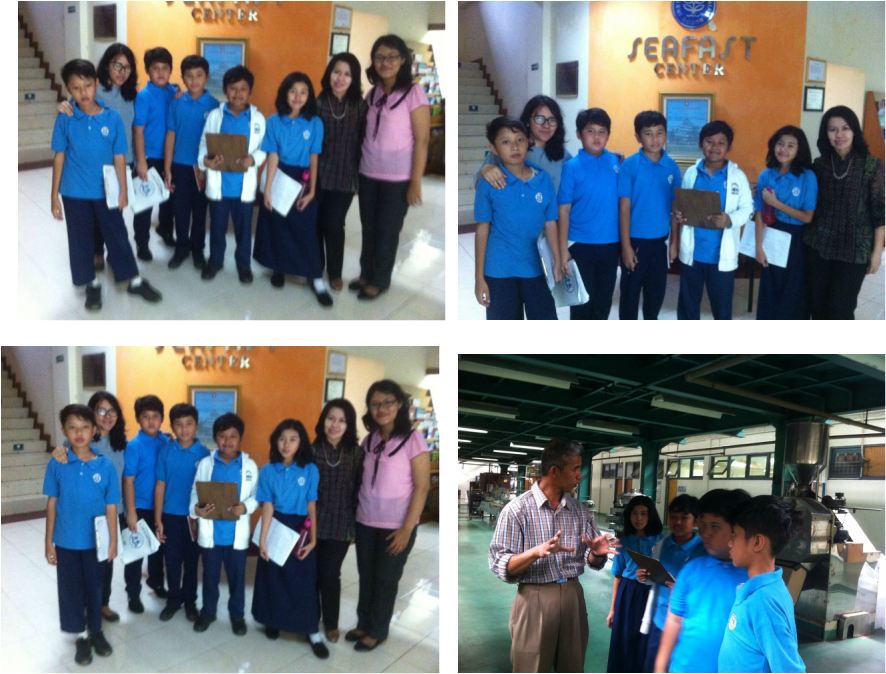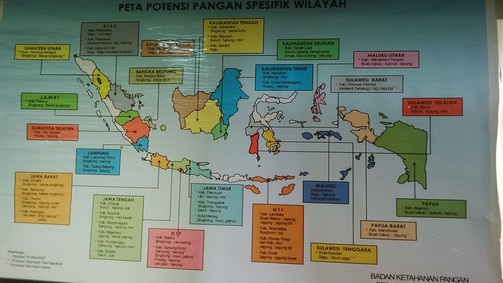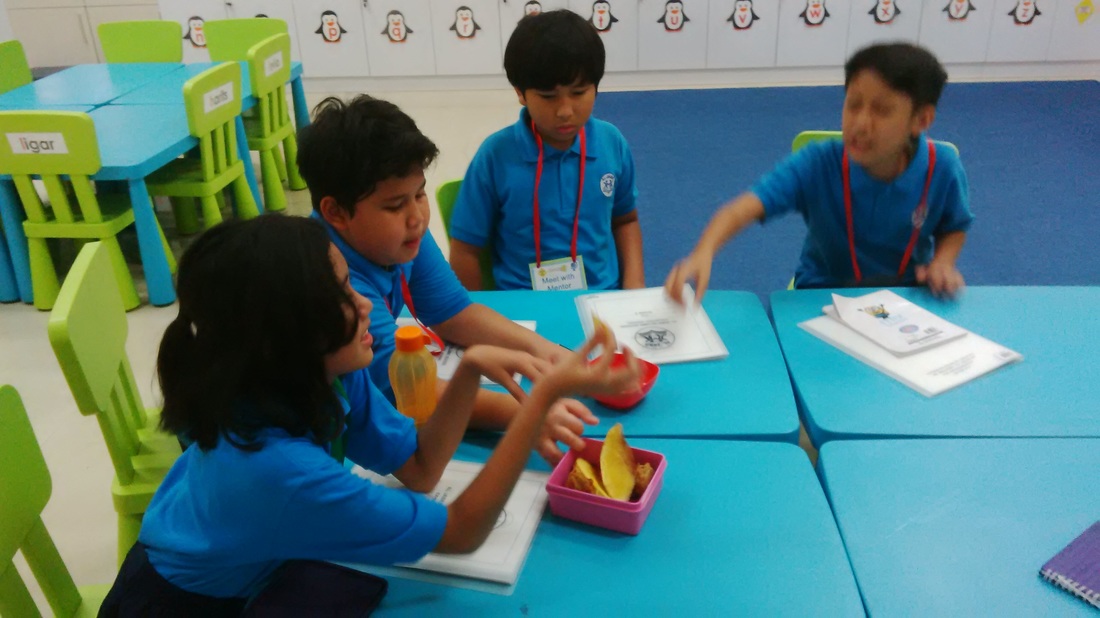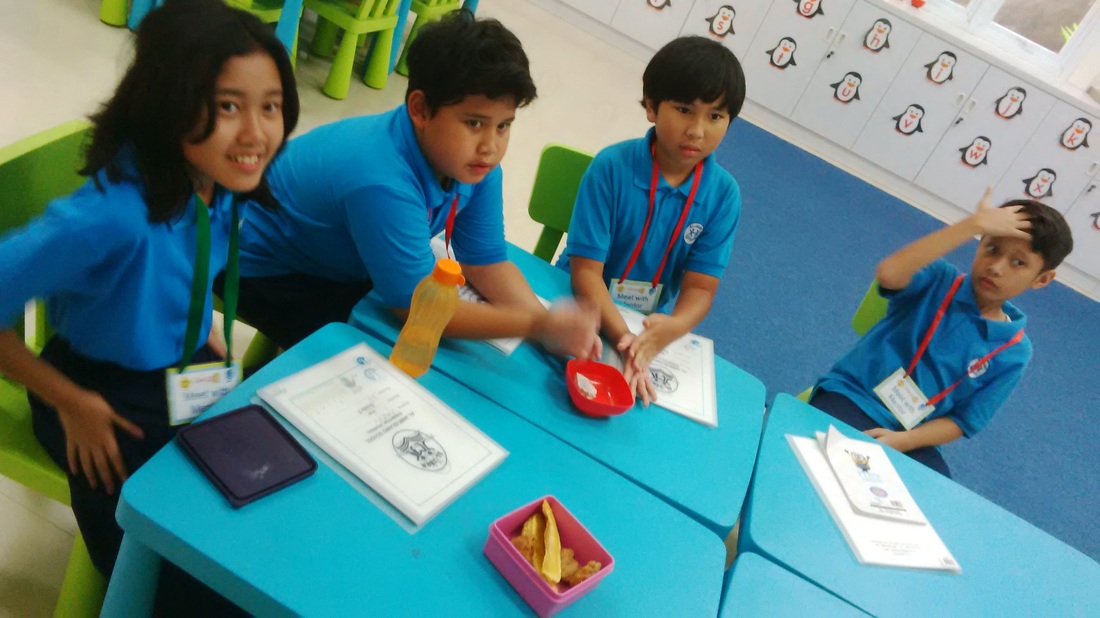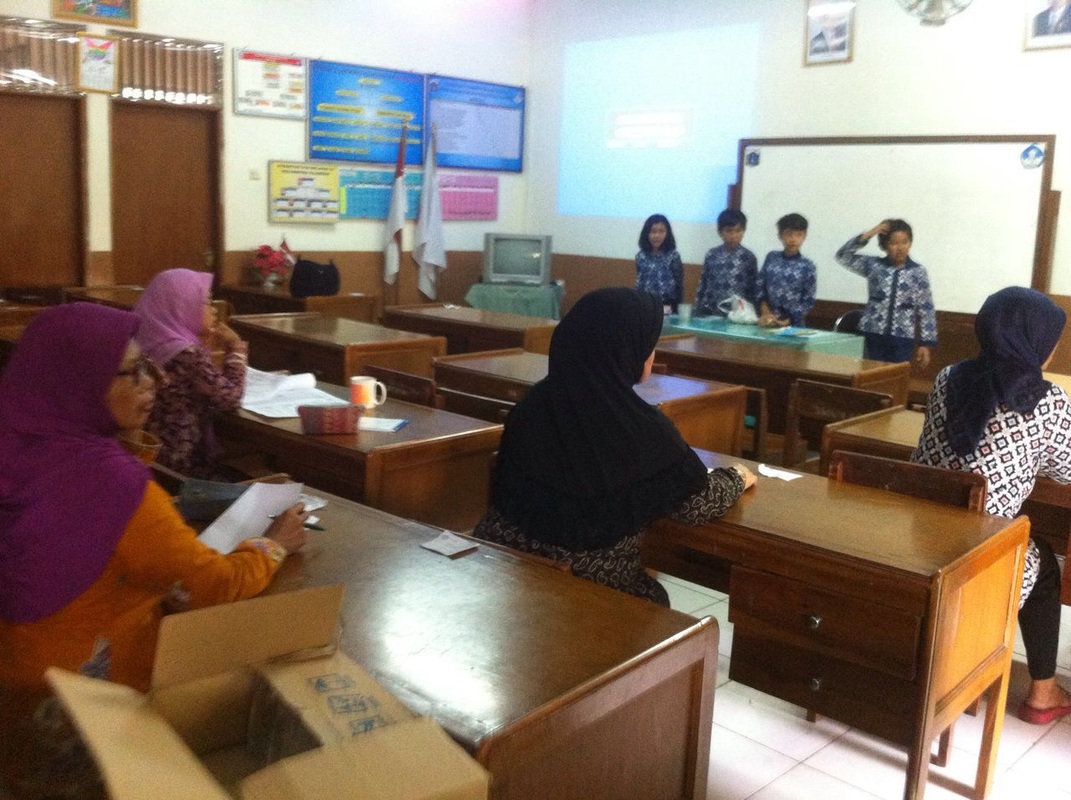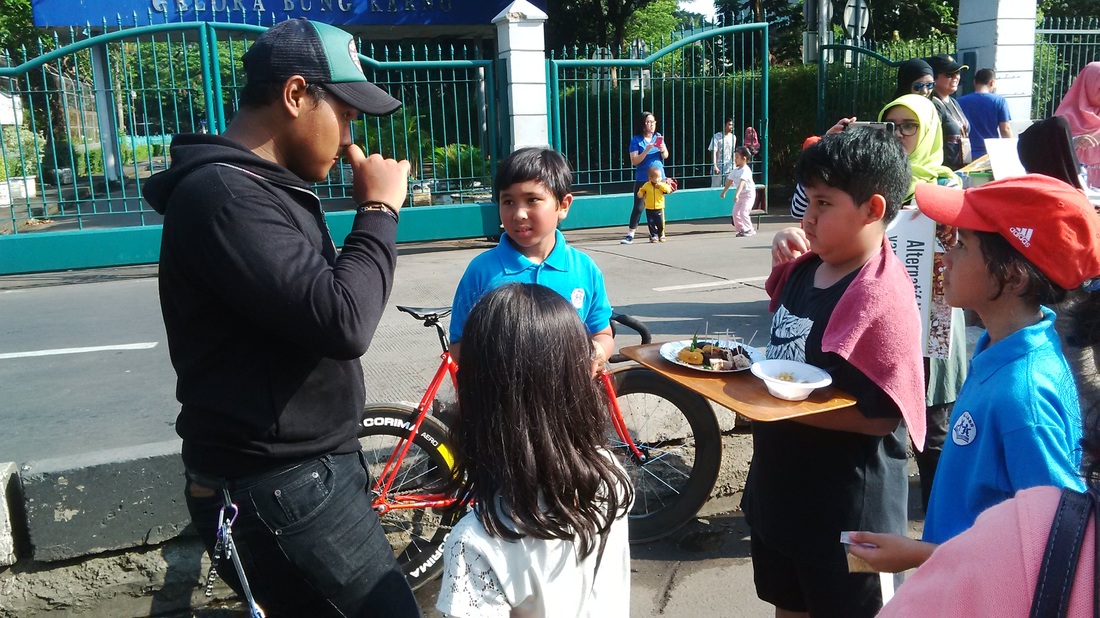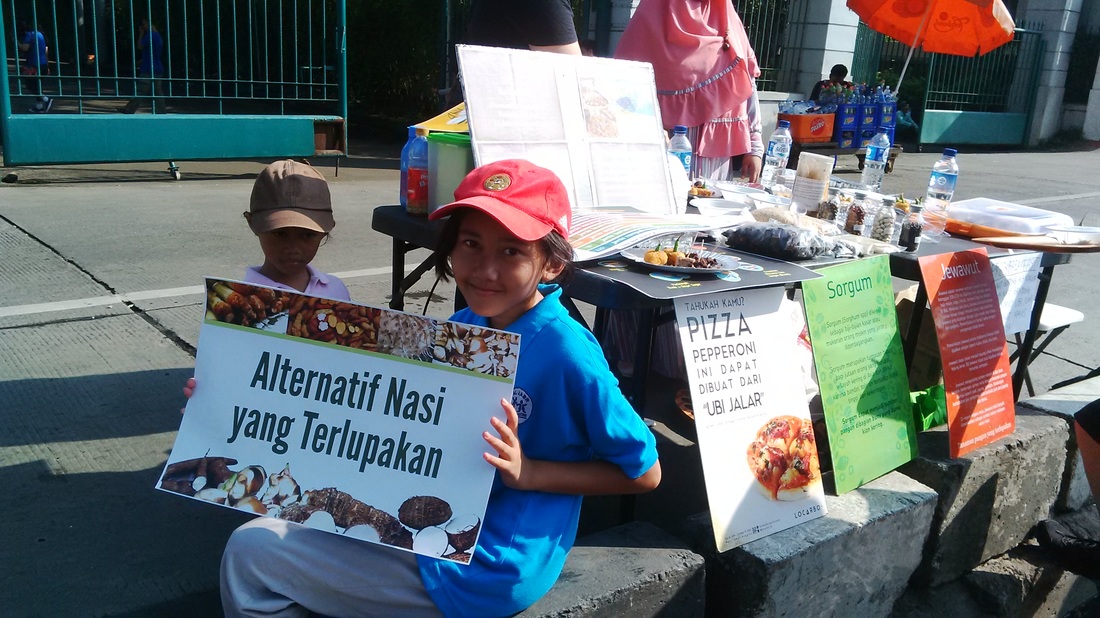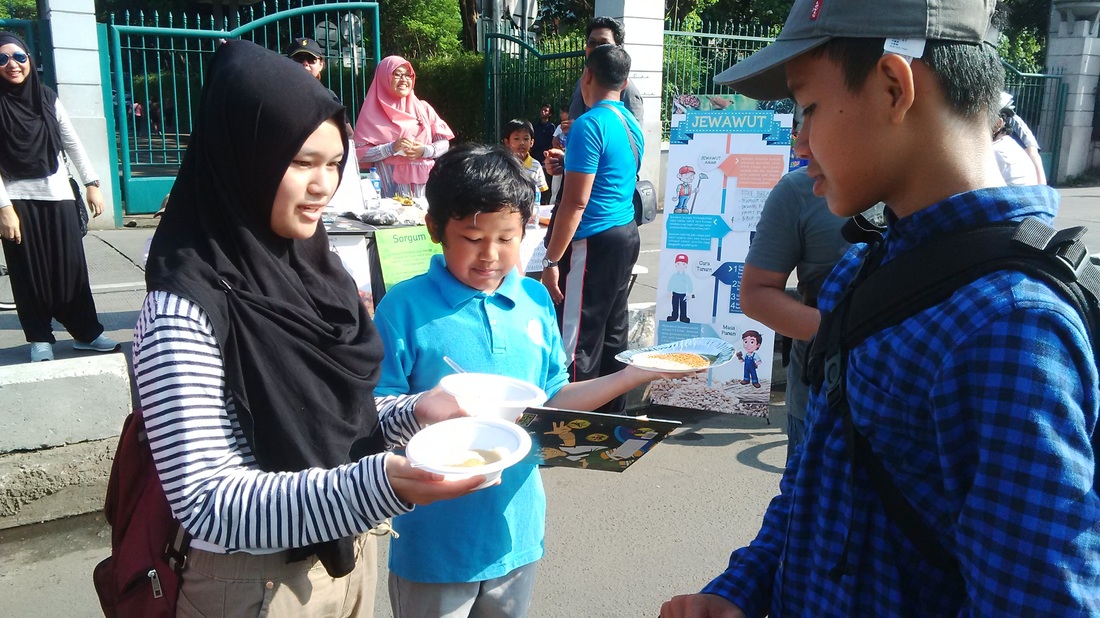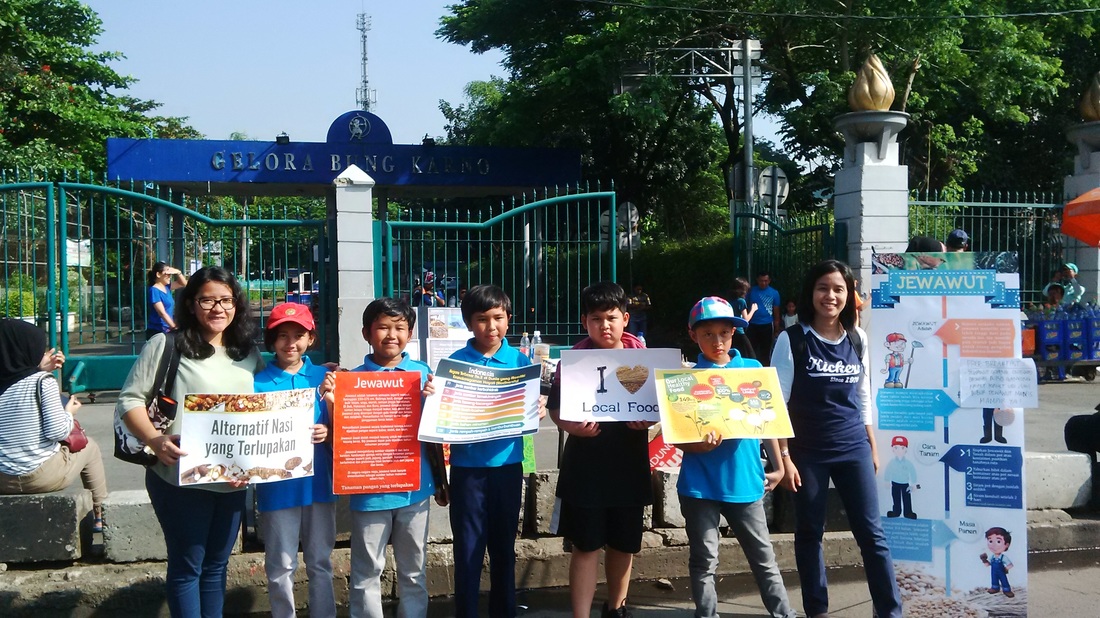EATABLE FOOD
Our group going deeper about some eatable food that in years ago people consume as main course, but now only few people that still consume and use it as a main course like rice
Mentors
Ms. Tari Ms.tiza
Members
Dafiq Dhaffin
RIO Kayla AKHTAR
GEMBILI (LESSER YAM)

commonly known as the Lesser Yam, is a yam species, but with a smaller corm than most other yams. It is closer in size to a potato or sweet potato
TALAS (TARO)
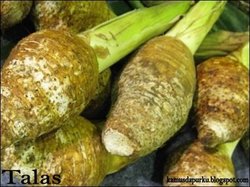
Colocasia esculenta is a tropical plant grown primarily for its edible corms, the root vegetables most commonly known as taro
|
JAWAWUT (FOXTAIL MILLET)

botanic name Setaria italica, synonym Panicum italicum L.) is the second-most widely planted species of millet, and the most important in East Asia
|
Field trip
we use our field trip to get as much as possible the information of Jawawut, Gembili and Talas. Since weeks that we research kinds of that food it very difficult to find in supermarket or even in traditional market. in the field trip, we also trying to find out the information how big the interest of Indonesian people about the nutrition of that food and what the problem that make people not interest anymore to plant it.
We go for same places to find the data about that eatable food:
we use our field trip to get as much as possible the information of Jawawut, Gembili and Talas. Since weeks that we research kinds of that food it very difficult to find in supermarket or even in traditional market. in the field trip, we also trying to find out the information how big the interest of Indonesian people about the nutrition of that food and what the problem that make people not interest anymore to plant it.
We go for same places to find the data about that eatable food:
1st: we go to DIREKTORAT UMBI DAN KACANG-KACANGAN, this is the office in Pasar Minggu, South Jakarta. in here we got a lot of informations about eatable food that almost gone. Based on the expert told us that Indonesians goverment have trying to develop again to make Indonesian people planting again that kinds of plants.
2nd: We go to Agriculture Departement, South Jakarta. On this office we found kind informations that some of Indonesian people try to create the eatable food as interesting food to let people in Indonesia would like to try as main course in different ways.
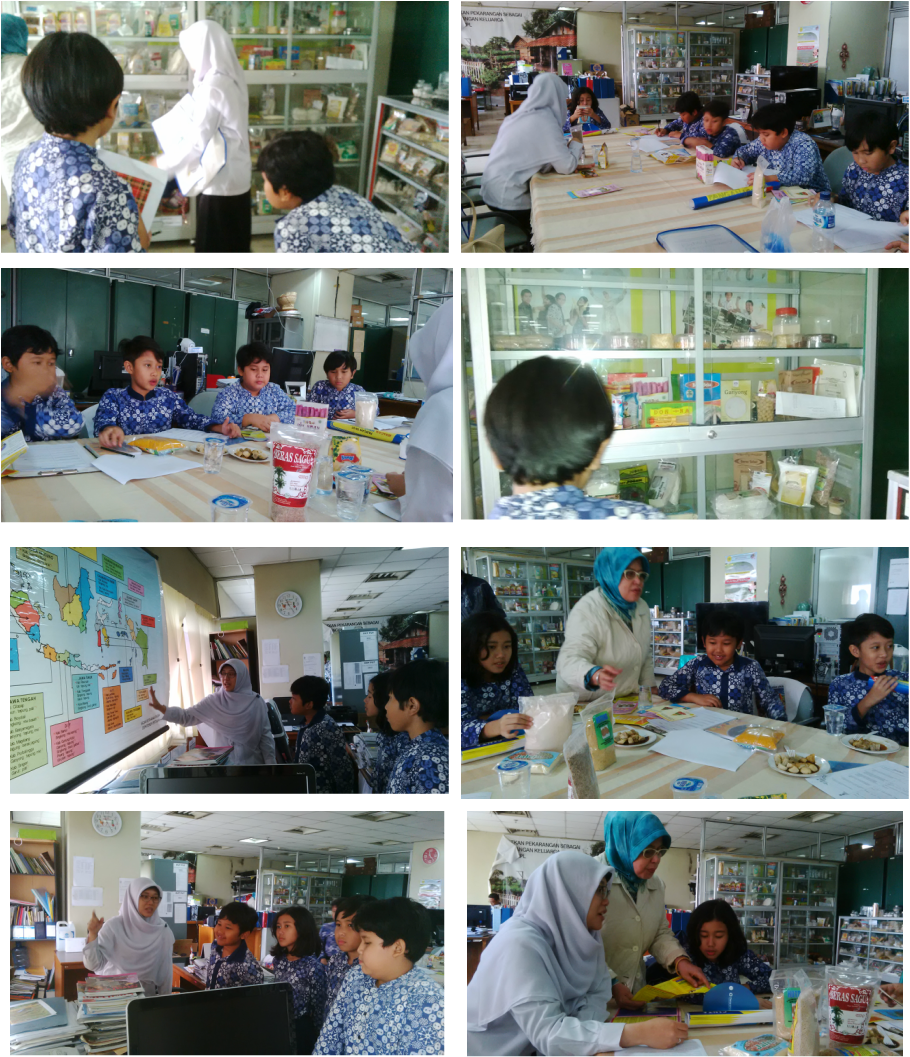
3th: We go to ITB; the university in Bogor that have the information about the nutrition of foxtail millet, taro and lesser yam base on the chemistry research
RESEARCH
After we find the information about the plants we got the result that the foxtail millet, taro and lesser yam still a part in Indonesia land. Some province still have that plants, because the plants are easy to planting in our land that most are dry land.
After we find the information about the plants we got the result that the foxtail millet, taro and lesser yam still a part in Indonesia land. Some province still have that plants, because the plants are easy to planting in our land that most are dry land.
This map is a proven that plants still exist in Indonesia even though only in specific province

Based on that map we would like to try the research to plant in our land, we trying to know which one is grown up sooner than other. We compare between the rice with the foxtail millet
Our research is not only with planting the plants, we also research the nutrition of that the TARO, since our field trip we found the information that Taro has a big of carbohydrate with less sugar. We do the research with our body and we use it as our lunch and here is the data that we got after we research it for 3 days.
ACTIONS
Our first action is come to nearest primary school around bango street (around our school), we trying to educate the teachers on that school to planting the foxtail millet, since we knew Diabetes and cholesterol are the big enemy in Indonesia, We promote to them; by planting the foxtail millet they will get easily to try it, since the harvest of foxtail millet sooner than the rice the food that most of Indonesian people consume)
Our first action is come to nearest primary school around bango street (around our school), we trying to educate the teachers on that school to planting the foxtail millet, since we knew Diabetes and cholesterol are the big enemy in Indonesia, We promote to them; by planting the foxtail millet they will get easily to try it, since the harvest of foxtail millet sooner than the rice the food that most of Indonesian people consume)
Result from the first action, inquiring us to make another actions. The teachers on Primary government school asked the food not only the seeds to let them plant. So we plan to make another action in bigger public place.
Finally we proven, we make the action on Car Free Day, Senayan, Jakarta; we shared the foods that made from local plants that almost gone with different ways.
Finally we proven, we make the action on Car Free Day, Senayan, Jakarta; we shared the foods that made from local plants that almost gone with different ways.


